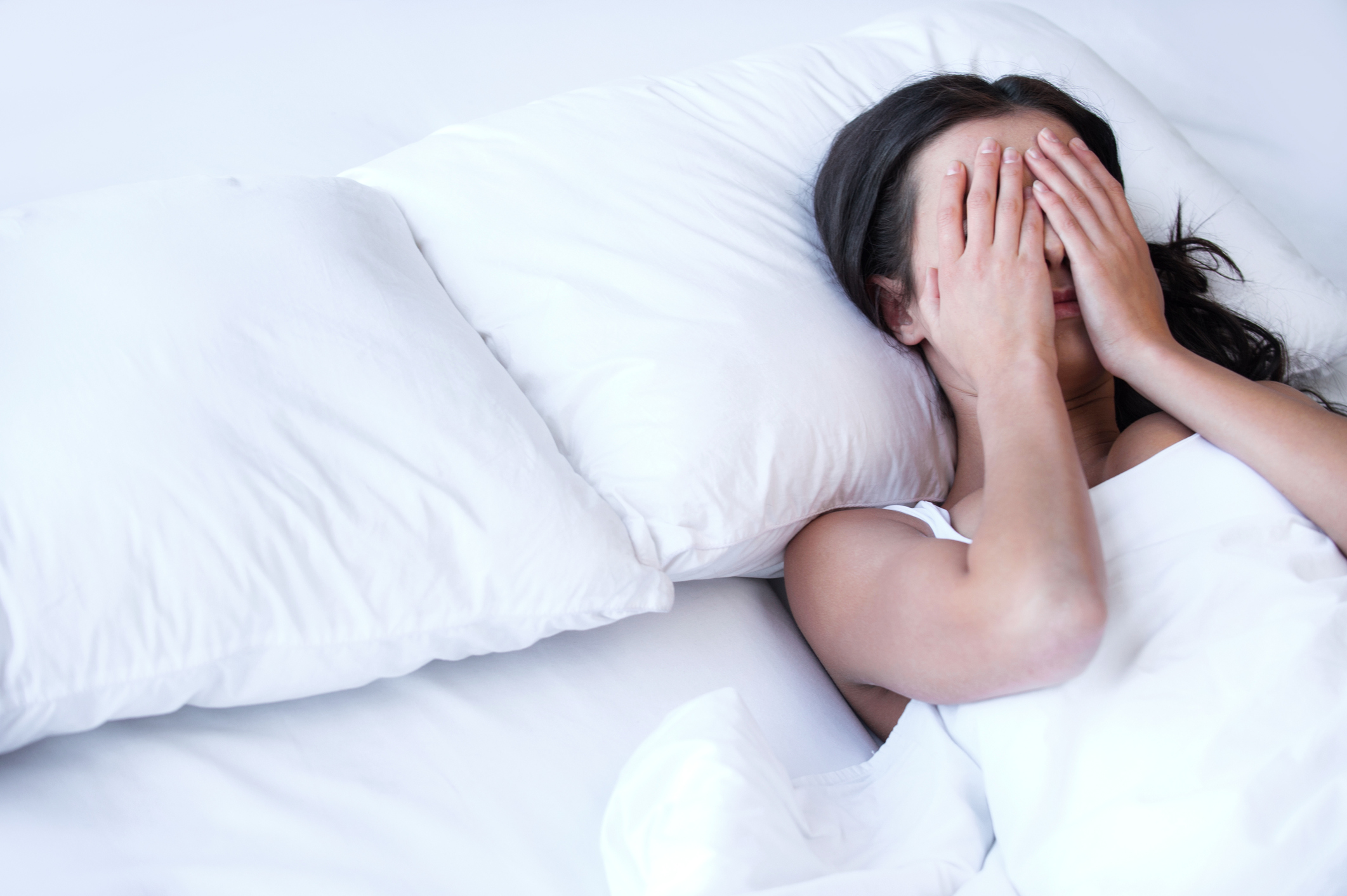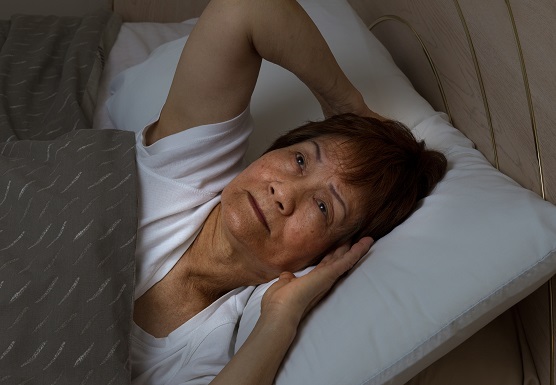Tired of Losing Sleep

Obstructive Sleep Apnoea is a condition that affects breathing during sleep. How serious is it and how can it be treated?
You’re fast asleep when you suddenly wake up gasping for breath. The next day, despite sleeping for eight full hours, you feel lethargic and find yourself yawning through meetings and trying to slap yourself awake while driving. For people who suffer from Obstructive Sleep Apnoea (OSA), such scenarios are a familiar daily affair.
Fortunately, medical treatment can offer patients help and relief. Dr Jim Teo cited one of his patients as an example. The construction supervisor in his 50s was obese and diagnosed with severe OSA. He had an Apnoea-Hypopnea Index (AHI) of 50 which meant he would stop or decrease breathing 50 times per hour of sleep. ”For years, he had been trying to keep himself awake at work with a number of near misses at the construction site,” said Dr Teo.
Dr Teo advised his patient to use a Continuous Positive Airway Pressure (CPAP) machine every night. Basically the machine works to increase air pressure in the user’s throat which in turn keeps the upper airway open and prevents it from collapsing.
What is Obstructive Sleep Apnoea?
Sleep apnoea is the abnormal cessation of breathing or respiration during sleep. This can last from a few seconds to as long as a minute. Obstructive Sleep Apnoea is caused by a temporary blockage of the airway in the throat during sleep when overall muscle tone is decreased and tends to worsen as one ages or puts on weight.
What are the symptoms of Obstructive Sleep Apnoea?
Daytime sleepiness is a typical complaint. Patients describe themselves as having persistent fatigue, tiredness and low energy in spite of sleeping six to eight hours every night. Some fall asleep while sitting in a moving vehicle, in the middle of a seminar, while driving a car or attending a religious service. It is estimated that the risk of a person suffering from OSA being involved in a road traffic accident while driving is three times higher than a person without the condition.
Spouses of patients often complain about having to endure”¨their partners’ noisy breathing, loud snoring, gasping, snorting or interruptions in breathing in their sleep.
Who does Obstructive Sleep Apnoea tend to affect?
OSA can affect up to 10% of the population although it is likely many sufferers continue to remain undiagnosed due to a lack of awareness and misconceptions about the condition. Many think that snoring is normal and it is just a sign that you are tired from the day’s work. Others assume that OSA only affects very obese people but this is not true. I’ve seen many OSA patients who are not obese or who are only slightly overweight.
In 2008, a retrospective study in a Singapore hospital involving over 500 patients suspected of OSA was published. It concluded that OSA is predominant in middle-aged, overweight Singapore males and much less common in females who tend to be older. The majority of patients have moderate to severe OSA, which significantly disturbs normal sleep architecture.
From my experience, the typical OSA patient is a middle-aged male, obese, with a thick neck. However I’ve also treated children and young adults in their 30s with OSA. Other risk factors include craniofacial abnormalities like a receding chin and soft tissue abnormalities like tonsil enlargement or adenoid enlargement. Enlarged tonsils and adenoids are common causes of OSA in children.
How serious is OSA? What are the consequences of not seeking treatment?
The most obvious consequence is daytime sleepiness which will interfere with normal daily activities. Patients tend to have decreased concentration, fall asleep easily and are prone to accidental injuries.
Because of the repeated apnoea (temporary cessation of breathing) in OSA, there is lack of oxygen in the blood during sleep. Over a period of many years, it increases the risk of hypertension, heart and lung failure, heart attack, stroke and abnormal heart rhythm. Some studies suggest that OSA patients also face higher surgery complications and higher risk of Type 2 diabetes and high cholesterol.
Untreated OSA can be very serious. One of my patients who had undiagnosed OSA for 10 years developed chronic heart failure and became dependent on oxygen tank at home.
Can OSA lead to death in your sleep?
Yes, the risk of dying from a heart attack during sleep is higher in OSA patients.
What can patients do to improve their condition?
Losing weight is definitely useful. Sleep apnoea frequency decreases with significant weight loss and physical exercise. Do avoid alcohol and sleeping pills too. Sometimes changing the sleeping posture also helps. One of my patients got his OSA ”˜cured’ by always sleeping on one side.
Doctors may also prescribe the use of Continuous Positive Airway Pressure machines or oral appliances to open the airway during sleep. Surgery is rarely indicated.
Article contributed by Dr Jim Teo, an accredited doctor of Mount Alvernia Hospital.
Note : Please note that health information is provided to supplement the care provided by your doctor. It is not intended nor implied to be a substitute for professional medical advice. Always seek the advice of your physician if you have any questions regarding a medical condition.
Always seek the advice of your physician if you have any questions regarding a medical condition.


